The Finest 1950s French Furniture Showcased in a ‘Kominka’ in Kamakura
Galerie One displays pieces by Jean Prouvé and Charlotte Perriand in a setting where the French and Japanese aesthetic interact.

A "Shogun" table by Roger Capron © YUTHANAN
The influence of Japan can be felt in the work of Charlotte Perriand, who travelled the country extensively. Her furniture, however, as well as that made by other leading figures in French design of the 1950s, like Jean Prouvé and Pierre Jeanneret, is only familiar to a handful of aficionados in Japan.
In order to increase awareness of this heritage and demonstrate that it can strike a particular chord in Japanese interiors, Thierry Lamoine and his son Lucca Lamoine opened Galerie One in Kamakura in 2023. In this 1930s kominka, Pierre Jeanneret’s Chandigarh chairs and the sublime ‘Shogun’ table by ceramicist Roger Capron naturally adorn the rooms with tatami mats on the floor and complement the shoji screens.
Designers who had gone unappreciated for too long
This is not Thierry Lamoine’s first brush with curation. Ever since he started out working in fashion in Paris and experienced the aesthetic shock caused by designers Rei Kawakubo and Yohji Yamamoto, he has had a passion for Japanese design. After spending many years travelling to and from Tokyo for public relations company Hakuhodo, he decided to focus on the distribution of Japanese brands in France and Europe as a whole. This led to the opening of the concept store Bows and Arrows in Paris in 2016, which boasted a selection of innovative Japanese-designed objects.
In the city, Thierry Lamoine developed an unquenchable thirst for art and design. Although he now owns artwork by Japanese artists from the 1990s, he explains that when he was starting out, he found furniture to be more accessible. He became a dedicated customer at flea markets and a frequent visitor to the galleries owned by Philippe Jousse, Patrick Seguin and François Laffanour, and in doing so, he sharpened his gaze and narrowed down his preferences.
‘Back then, they struggled to sell their furniture by Jean Prouvé because nobody seemed to understand just how exciting it could be to have a table with metal feet and its paintwork completely chipped away in an interior’, the gallery owner recalls. At the time, however, his home was kitted out with pieces dating from the 1950s, which were met with admiration by his Japanese friends when they visited. Some of them started asking him if he could find pieces for them and, in the 2010s, this became a full-time activity.
Today, 1950s French furniture is the subject of unprecedented interest and the value of pieces has increased significantly. Thierry Lamoine believes this is thanks to three gallery owners from whom he learnt a great deal. These individuals had the genius idea to combine their furniture with contemporary art, particularly by loaning pieces by Jean Prouvé to kit out the Paris International Contemporary Art Fair, which sparked collectors’ interest.
Warmly furnished, in line with Japanese expectations
In Japan, trends are driven by the fashion world, and many designer boutiques have incorporated pieces by the likes of Pierre Jeanneret and Charlotte Perriand into their store layouts.
‘The Japanese inherently love Charlotte Perriand’s furniture because of its warmth’, Thierry Lamoine explains. ‘It’s often made from wood, with beautiful colours, and corresponds to their idea of attractive furniture. The other thing they like about Charlotte Perriand is the relationship she had with mountains. Japan is a country of forests and mountains, so the Japanese feel close to the world in which she existed.’
In 2022, an exhibition dedicated to Jean Prouvé held at the Museum of Contemporary Art in Tokyo was an unprecedented success. The following year, the design concept store The Conran Shop opened its largest branch in Japan in the Azabudai Hills complex, in the heart of the capital. The team decided to entrust the development of its VIP lounge to Lucca and Thierry Lamoine. Thus, Galerie One now has a base in Tokyo that promises to make 1950s French furniture even more accessible to the general public.
More information about Galerie One can be found on the establishment’s website.
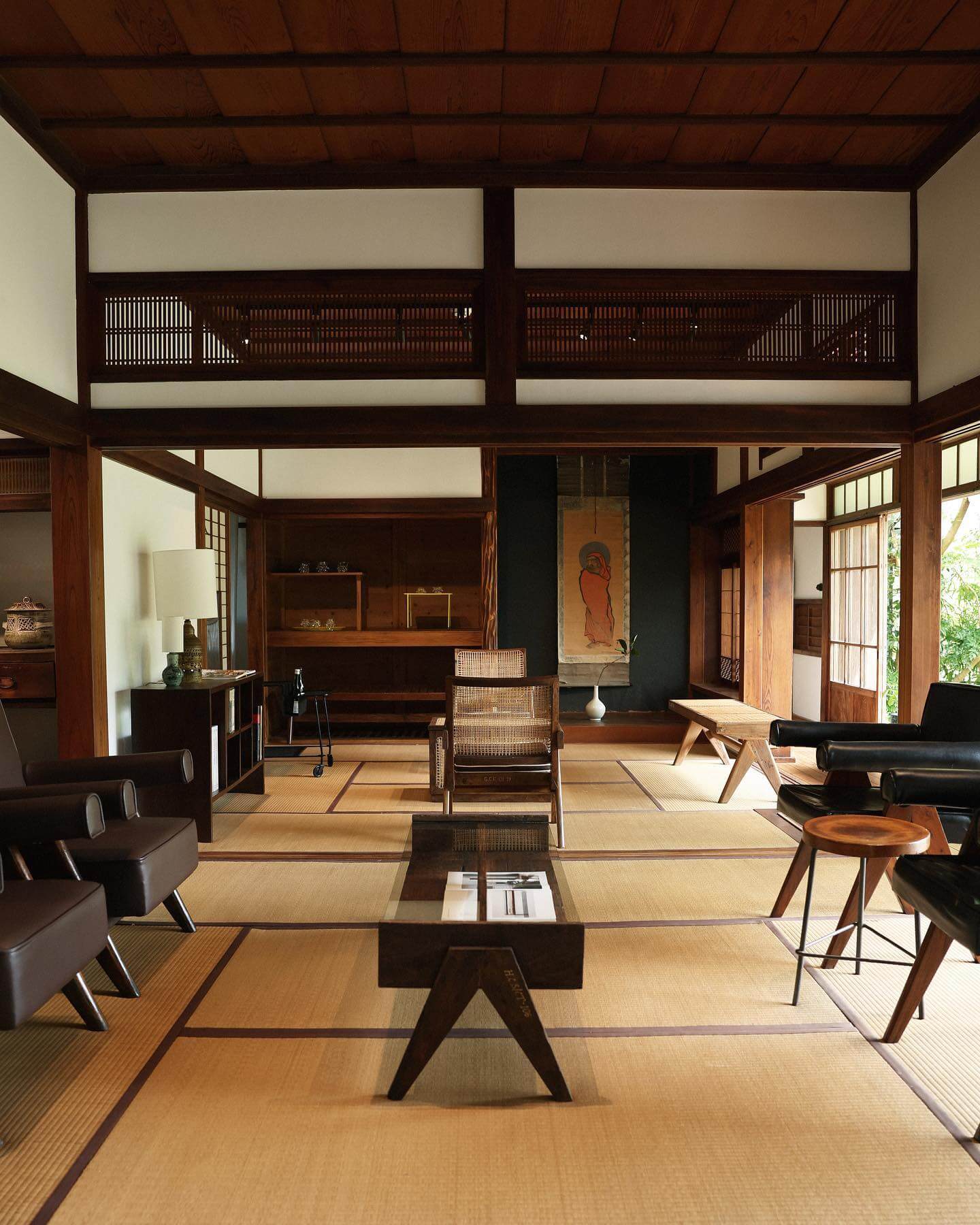
© YUTHANAN
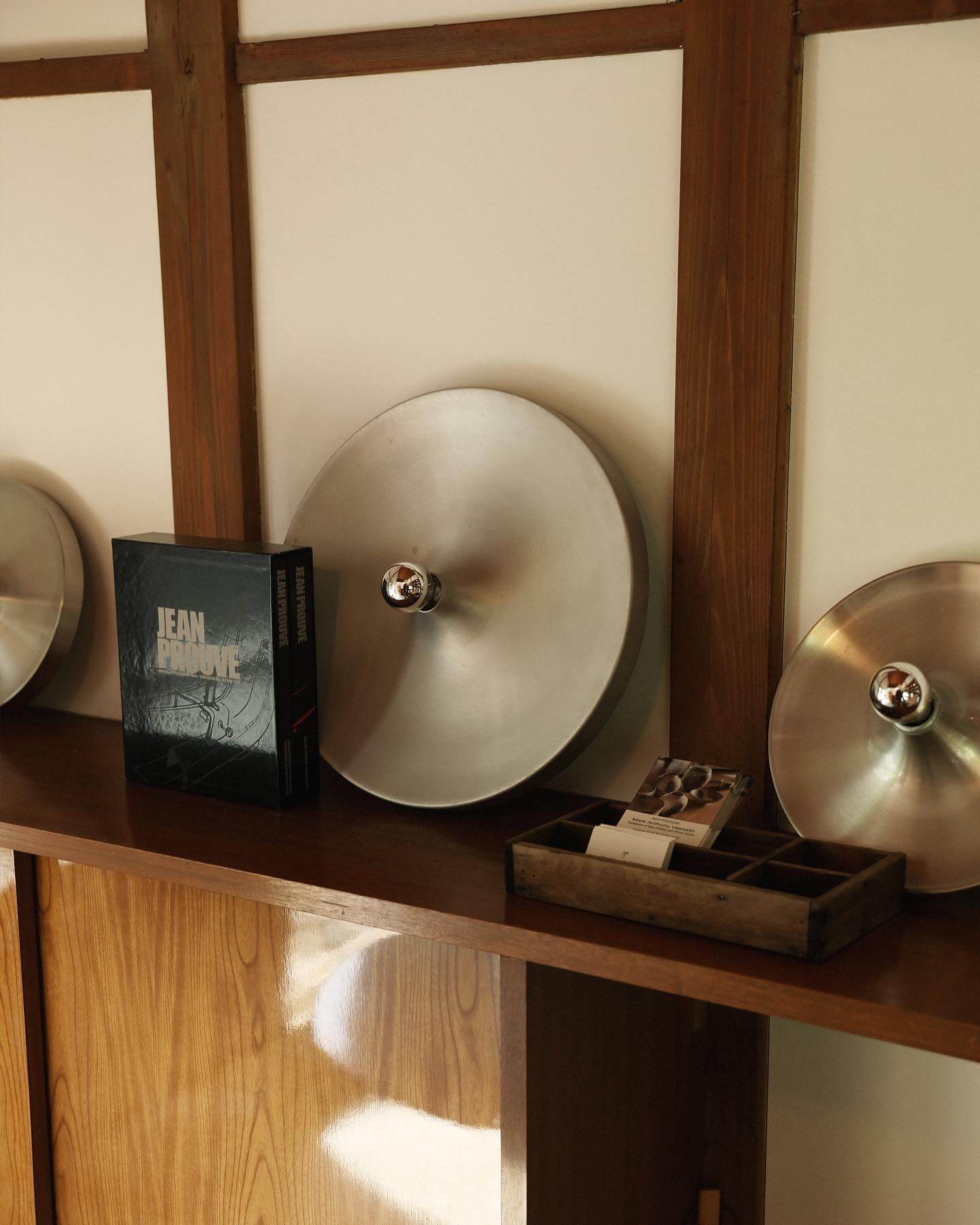
© YUTHANAN
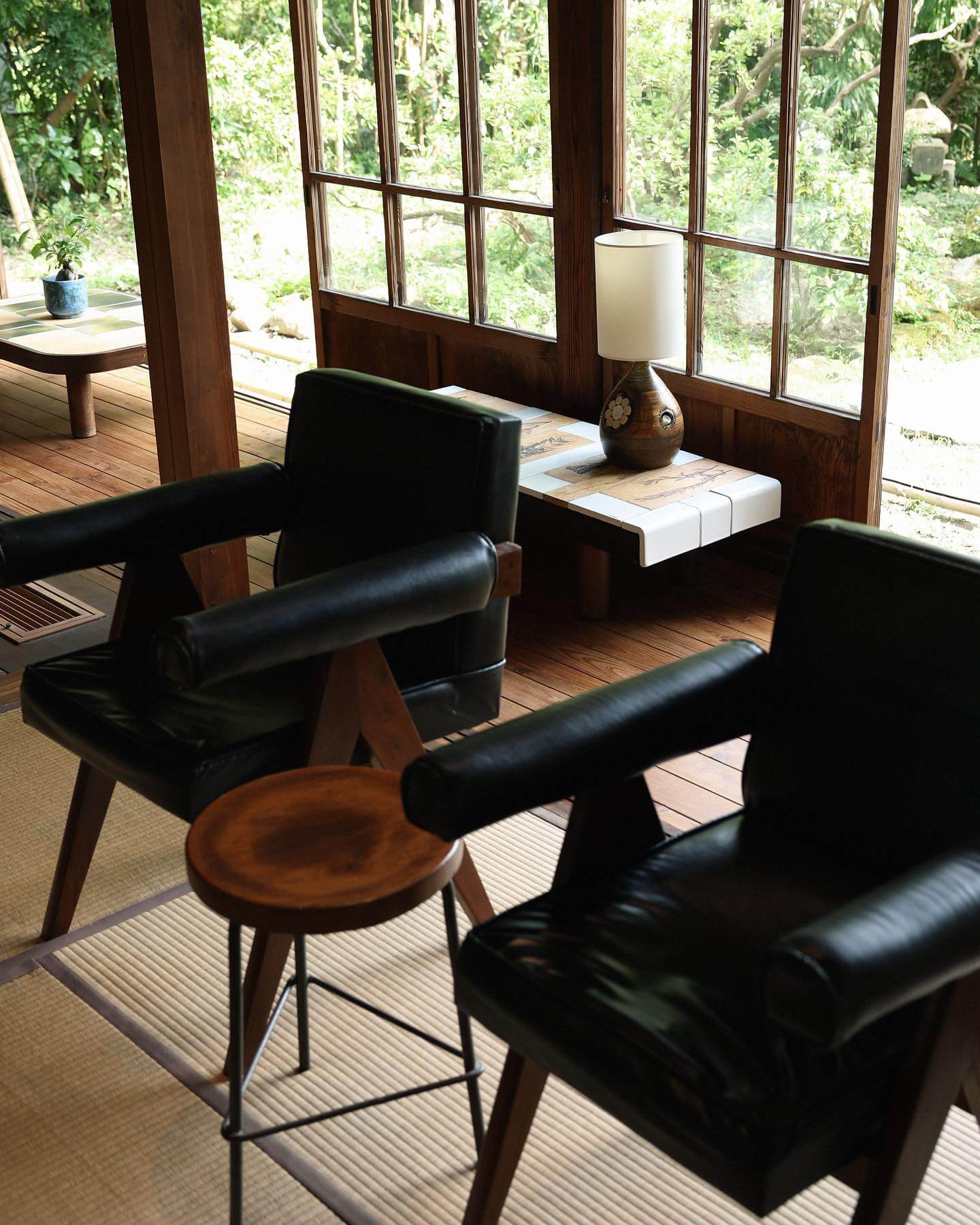
© YUTHANAN
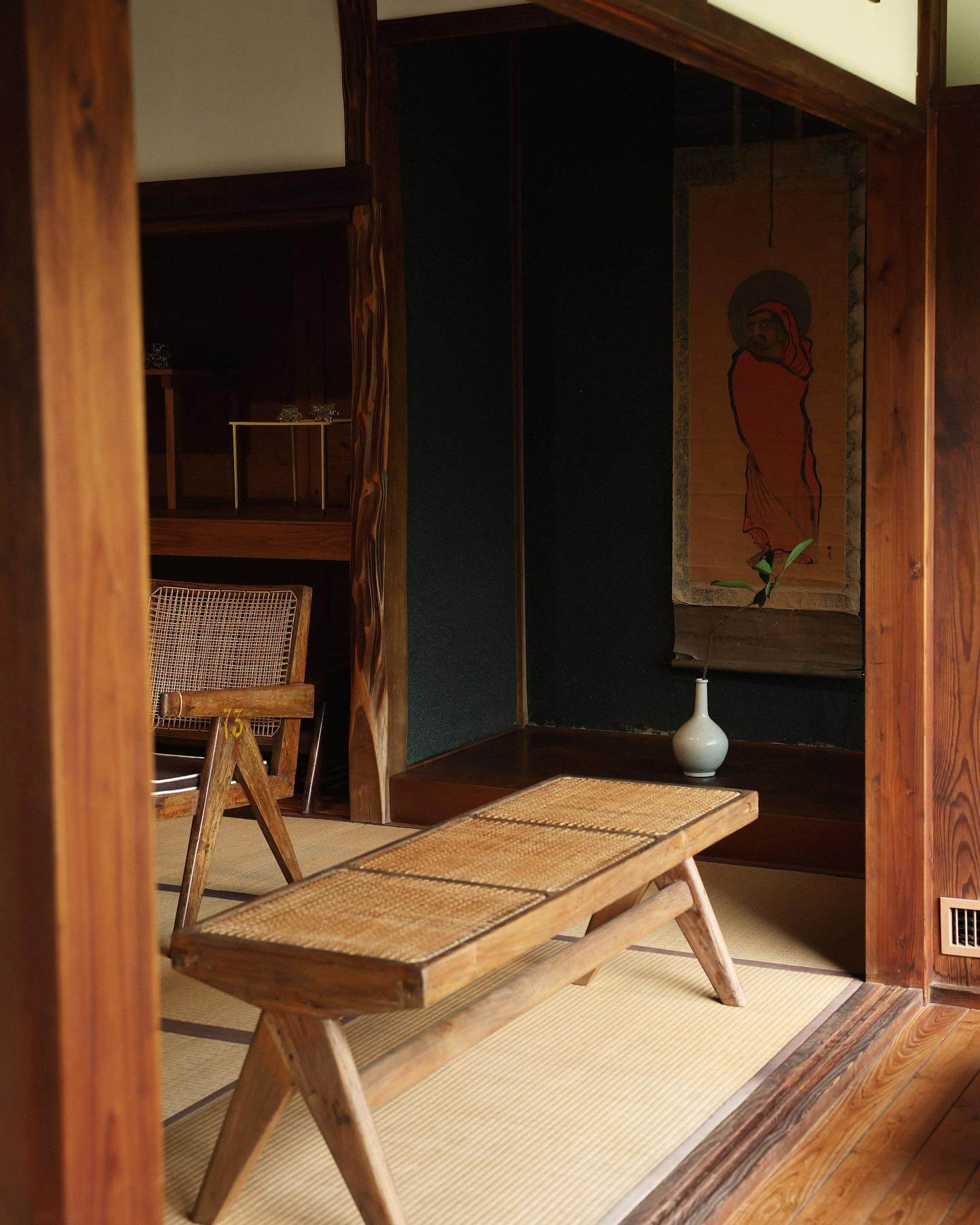
© YUTHANAN
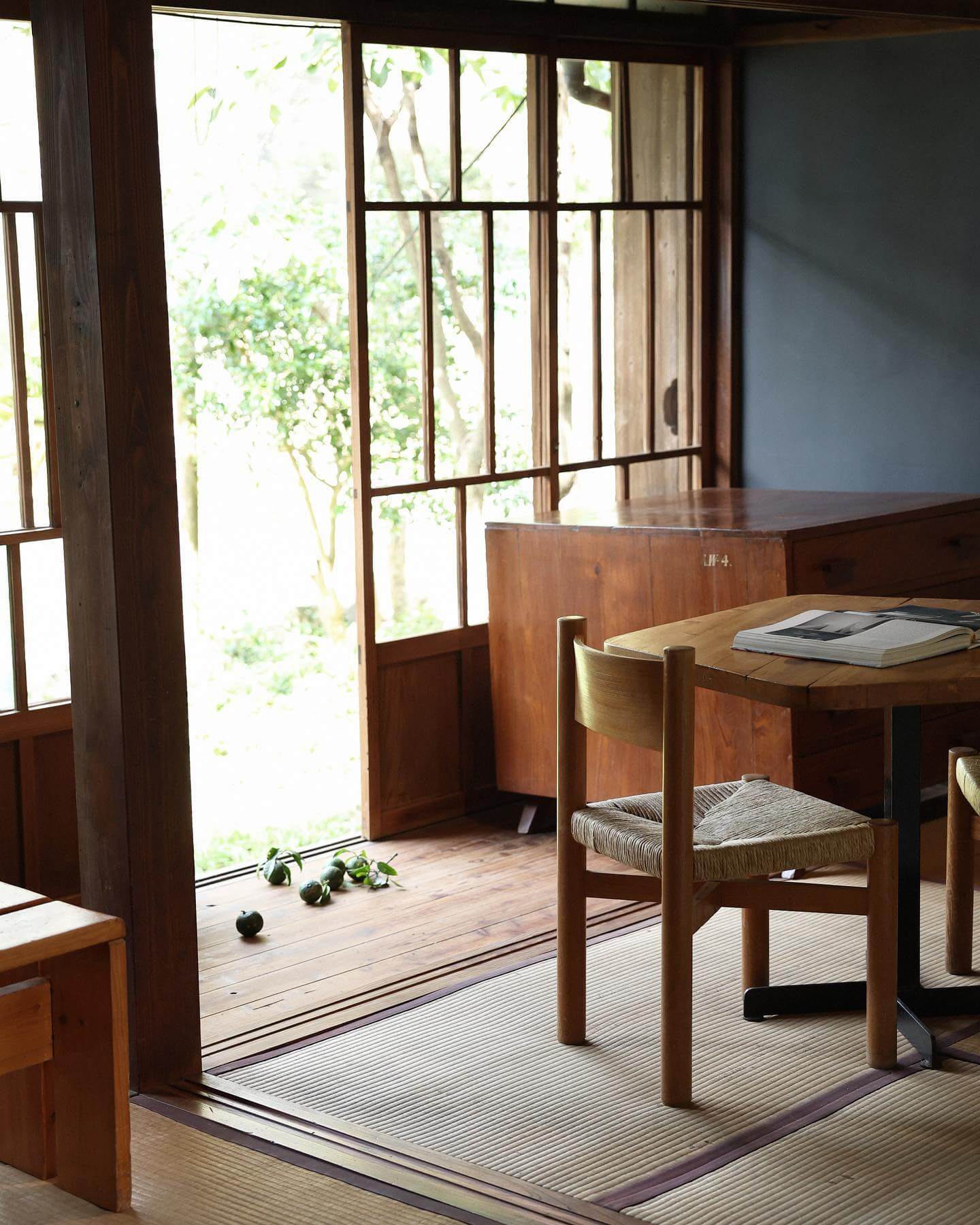
© YUTHANAN
TRENDING
-
Hiroshi Nagai's Sun-Drenched Pop Paintings, an Ode to California
Through his colourful pieces, the painter transports viewers to the west coast of America as it was in the 1950s.

-
A Craft Practice Rooted in Okinawa’s Nature and Everyday Landscapes
Ai and Hiroyuki Tokeshi work with Okinawan wood, an exacting material, drawing on a local tradition of woodworking and lacquerware.

-
The Tattoos that Marked the Criminals of the Edo Period
Traditional tattoos were strong signifiers; murderers had head tattoos, while theft might result in an arm tattoo.

-
David Bowie Dressed by Kansai Yamamoto
The English singer was strongly influenced by 'kabuki' theatre and charged the Japanese designer with creating his costumes in the 1970s.

-
‘Seeing People My Age or Younger Succeed Makes Me Uneasy’
In ‘A Non-Conformist’s Guide to Surviving Society’, author Satoshi Ogawa shares his strategies for navigating everyday life.





